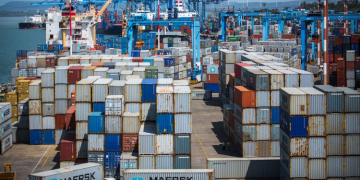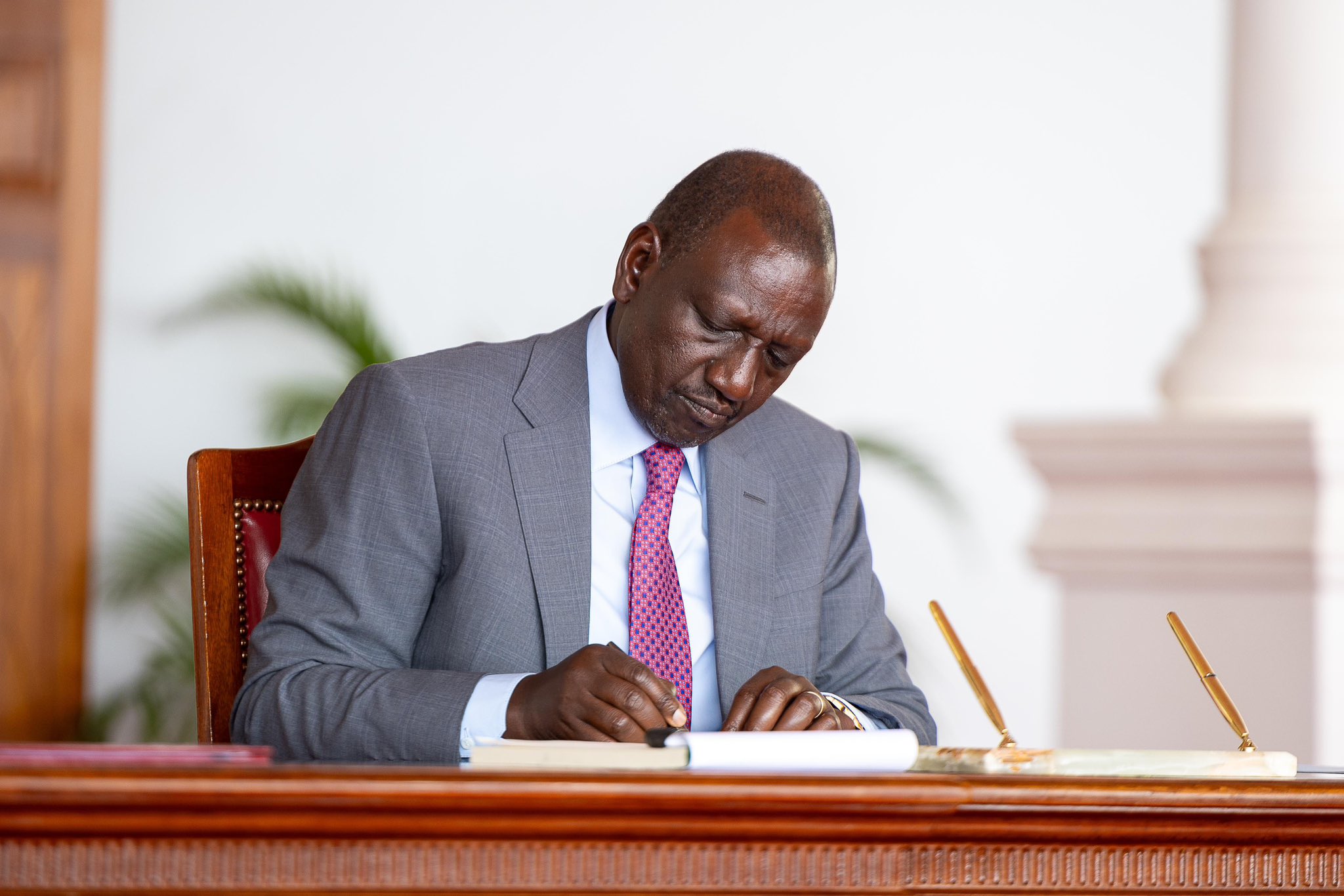China, India, and the United Arab Emirates (UAE) emerged as Kenya’s top sources of imports in April 2025, cementing their positions as key trade partners.
Recent data from the Kenya National Bureau of Statistics (KNBS) shows that the bulk of Kenya’s imported goods—including machinery, electronics, petroleum products, and pharmaceuticals—continued to come from these three countries.
The total value of trade rose from Ksh 310.4 billion in March 2025 to Ksh 333.0 billion in April 2025.
During the same period, the value of imports increased from Ksh 215.1 billion to Ksh 234.6 billion.
Kenya’s leading import partners in April were China, India, and the UAE, with import values of Ksh 51.1 billion, Ksh 30.8 billion, and Ksh 26.0 billion, respectively.
Between January and April 2025, Kenya’s imports from its top three trading partners—China, India, and the United Arab Emirates (UAE)—amounted to over Ksh 445 billion.
China, India, and the UAE Dominate Kenya’s Import Market
China led as Kenya’s largest source of imports, with goods valued at Ksh 203.5 billion over the four-month period.
In January alone, imports from China stood at KSh 53.7 billion, followed by Ksh 52.9 billion in February, and Ksh 45.8 billion in March.
Kenya imports a wide variety of goods from China, with electronics, machinery, clothing, and construction materials being among the most commonly imported items.
Meanwhile, India supplied goods worth a total of Ksh 115.1 billion, with the monthly figures rising steadily from Ksh 25.4 billion in January to Ksh 30.8 billion in April.
The UAE followed closely, with imports totaling Ksh 126.5 billion. Kenya imported Ksh 35.0 billion worth of goods from the UAE in January, Ksh 29.3 billion in February, and Ksh 36.2 billion in March.
Also Read: Textile and Mitumba Imports Face New Taxes
Kenya’s April 2025 Imports Surge
In April 2025, Kenya’s imports from the United States peaked at Ksh 12.4 billion, making it one of the highest import values from global partners outside the top three countries.
This surge was largely driven by pharmaceuticals, machinery, and technology-related goods.
Japan also maintained strong import levels, with Ksh 10.9 billion worth of goods, mainly motor vehicles and electronics.
South Africa contributed significantly as well, with imports valued at Ksh 7.4 billion, largely comprising industrial inputs and food products.
Saudi Arabia’s imports reached their highest in March but remained notable in April at just under Ksh 6.3 billion, primarily petroleum products.
Germany’s exports to Kenya also showed strong figures, with imports ranging up to Ksh 4.2 billion in machinery and medical equipment.
The United Kingdom maintained a steady trade flow with imports between Ksh 2.1 billion and Ksh 3.4 billion, focused on machinery, chemicals, and educational materials.
The Netherlands and France rounded out Kenya’s diverse import sources, providing agricultural chemicals, dairy products, and technology goods valued between Ksh 1.1 billion and Ksh 2.6 billion.
Kenya’s Imports by Country in April 2025
| Country | Export Value (Ksh Billion) |
|---|---|
| China | 51.12 |
| India | 30.76 |
| UAE | 25.97 |
| USA | 12.49 |
| Saudi Arabia | 1.61 |
| Japan | 10.95 |
| UK | 3.32 |
| Germany | 4.19 |
| Netherlands | 1.15 |
| France | 2.29 |
| South Africa | 3.92 |
Also Read: Uganda, UAE, and Pakistan Top Export Destinations for Kenyan Goods
Non-Food Industrial Supplies Lead While Electricity Generation and Cargo Volumes Decline
Meanwhile, non-food industrial supplies represented the largest segment of imports, accounting for 36.7 percent of the total.
Fuel and lubricants made up 20.0 percent, machinery and other capital equipment 13.1 percent, food and beverages 11.4 percent, and transport equipment 10.6 percent.
The value of ICT imports rose from Ksh 4.6 billion in March to Ksh 6.6 billion in April.
Total electricity generation and imports declined from 1,237.1 million kWh in March 2025 to 1,205.8 million kWh in April 2025.
Electricity imports also grew during the same period, rising from 120.8 million kWh to 131.6 million kWh.
Meanwhile, the total volume of cargo handled declined from 3.6 million metric tonnes (MT) in March to 3.4 million MT in April. Import volumes fell from 2.8 million MT to 2.7 million MT.
Follow our WhatsApp Channel and X Account for real-time news updates.























![Billions Each Top Kenyan Bank Has Made So Far In Profits This Year [List] Q3 2025 Results For Equity, Kcb, Co-Op, Absa And Other Banks]( https://thekenyatimescdn-ese7d3e7ghdnbfa9.z01.azurefd.net/prodimages/uploads/2025/11/C0-OP-KCB-Equity-Absa-360x180.png)


















































